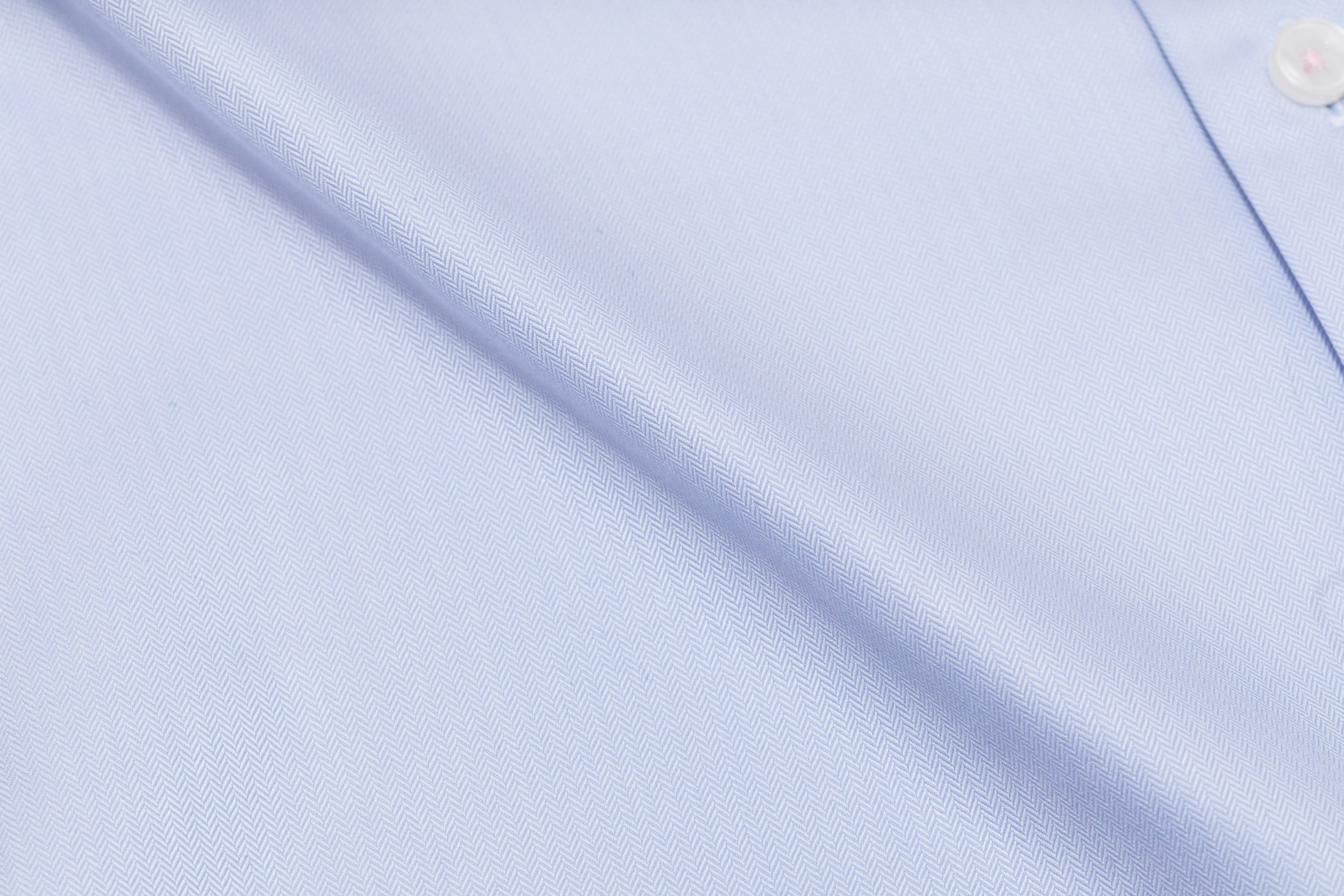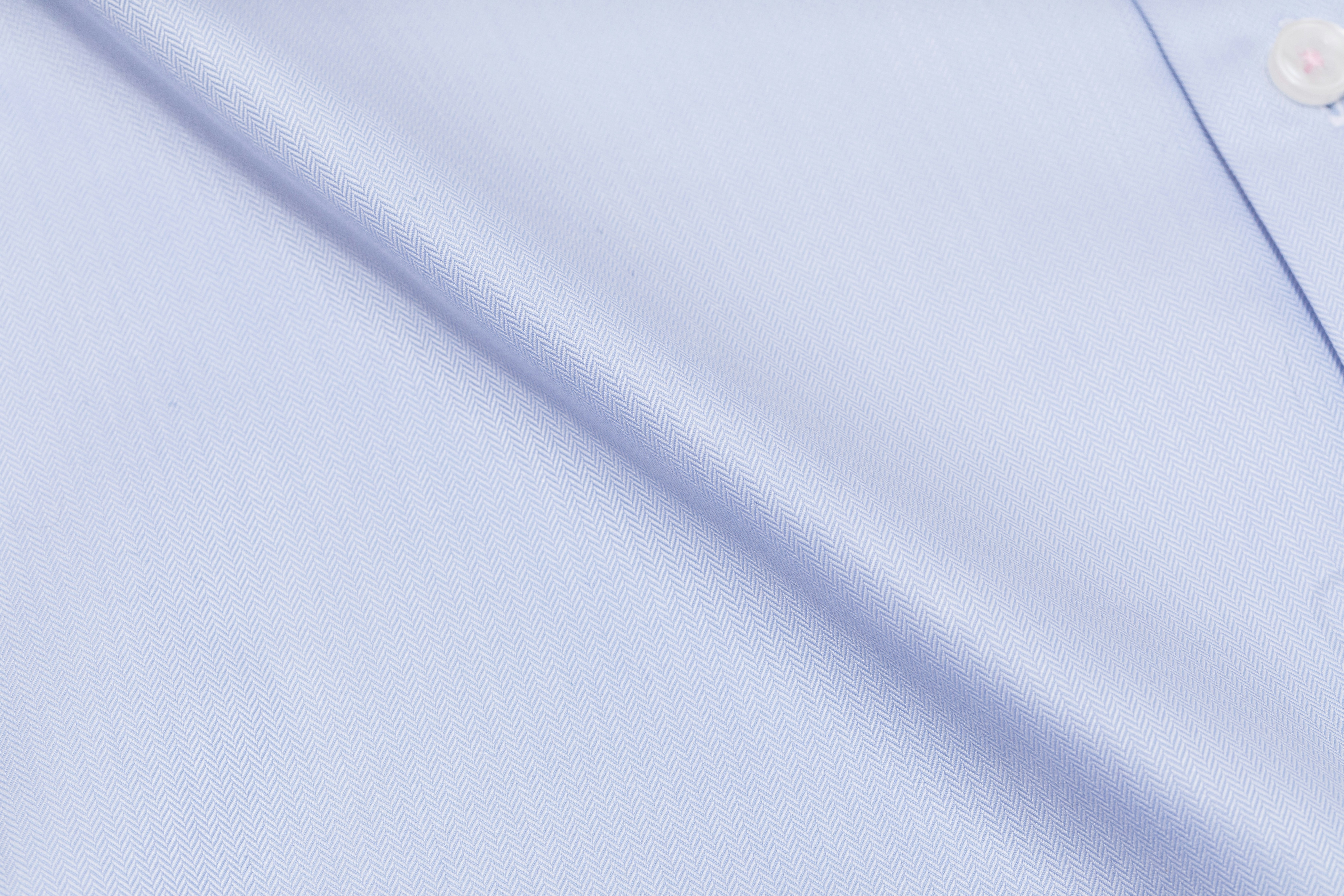
How durable is nylon herringbone webbing for heavy-duty projects?
Agnes
- 0
When it comes to tackling heavy-duty projects, the materials you choose can make all the difference. You need something that’s tough enough to withstand wear and tear yet versatile enough for various applications. Enter nylon herringbone webbing—a high-performance material that has been gaining popularity among DIY enthusiasts and professionals alike. With its unique weave pattern and impressive strength, this webbing is more than just a pretty face; it’s engineered for durability in even the most demanding situations. Let’s dive into what makes nylon herringbone webbing a top choice for your next big project.
What is Nylon Herringbone Webbing?
Nylon herringbone webbing is a type of woven fabric that boasts a distinctive herringbone pattern. This unique design isn’t just for aesthetics; it contributes to the material’s strength and flexibility.
Typically made from high-quality nylon, this webbing is known for its resistance to abrasion and UV rays. That makes it ideal for outdoor applications nylon herringbone webbing material where exposure to harsh elements is common.
The structure of the herringbone weave provides additional tensile strength, allowing it to handle substantial loads without compromising integrity. It’s lightweight yet incredibly durable, making it suitable for various heavy-duty projects.
From securing gear in backpacks to constructing safety harnesses, nylon herringbone webbing excels across multiple use cases. Its versatility has led many industries to adopt this reliable material as a go-to choice in their toolkit.
Properties of Nylon Herringbone Webbing
Nylon herringbone webbing boasts a unique weave pattern that enhances its strength and flexibility. This specific design allows the material to distribute weight evenly, making it ideal for various applications.
One of its standout properties is resistance to abrasion. Whether it’s dragged along rough surfaces or subjected to heavy loads, nylon herringbone webbing can withstand wear and tear remarkably well.
Additionally, this webbing exhibits excellent tensile strength. It can endure significant pulling forces without snapping, which is crucial in demanding situations.
Another notable characteristic is its water resistance. While not entirely waterproof, it dries quickly when wet and resists mold and mildew growth.
Nylon herringbone webbing maintains dimensional stability under stress, ensuring it won’t stretch excessively over time. This makes it reliable for projects where consistent performance is key.
Heavy-duty Applications of Nylon Herringbone Webbing

Nylon herringbone webbing shines in various heavy-duty applications, showcasing its strength and versatility. This material is a favorite among outdoor enthusiasts for making durable straps, harnesses, and gear.
In the world of camping and hiking, nylon herringbone webbing supports tents and backpacks with ease. Its resistance to abrasion ensures that it withstands the rigors of rugged terrain.
Moreover, this type of webbing finds its place in industrial settings. Heavy machinery often relies on strong straps made from nylon herringbone for secure lifting or towing tasks.
Pet accessories also benefit from this robust material. Dog leashes crafted from nylon herringbone offer both durability and comfort during walks or training sessions.
The unique weave pattern not only enhances aesthetic appeal but also adds functional strength. With such diverse applications, it’s clear why many choose nylon herringbone webbing for demanding projects.
Pros and Cons of Using Nylon Herringbone Webbing for Heavy-Duty Projects

Nylon herringbone webbing offers impressive strength, making it a popular choice for heavy-duty projects. Its durability allows it to fashion withstand significant weight and pressure, perfect for applications like towing or lifting.
However, this material does come with its drawbacks. Exposure to UV light can weaken nylon over time. This makes it less ideal for outdoor use without proper protection.
On the plus side, nylon herringbone webbing resists abrasions well. It also has excellent elasticity, which helps absorb shock in demanding environments.
Yet, some users may find that its flexibility leads to slippage under extreme tension. Proper fastening techniques become crucial in these cases to ensure safety and effectiveness during use.
Being aware of both advantages and limitations will help you make informed decisions when selecting materials for your projects.
Other Factors to Consider When Choosing a Material for Heavy-Duty Projects
When selecting a material for heavy-duty projects, tensile strength is crucial. This determines how much weight the fabric can withstand without breaking. Assessing this property will save you from potential failures down the line.
Next, consider environmental factors. Exposure to UV rays, moisture, and extreme temperatures can significantly affect durability. Choosing materials with resistance to these elements can extend their lifespan.
Also think about abrasion resistance. Projects involving friction or wear require materials that won’t easily deteriorate under stress.
Cost-effectiveness matters too. While premium options may offer superior performance, budget constraints often dictate choices in project planning. Balancing quality with affordability ensures a successful outcome without overspending on unnecessary features.
Tips for Proper Maintenance and Care of Nylon Herringbone Webbing in Heavy-Duty Projects
Caring for nylon herringbone webbing is essential to prolong its lifespan and maintain performance in heavy-duty projects. Start by inspecting the material regularly for signs of wear, fraying, or damage. Addressing issues early can prevent larger problems down the line.
When cleaning your webbing, use mild soap and warm water. Avoid harsh chemicals that might degrade the fibers. Rinse thoroughly to remove any residue.
Drying properly is crucial too. Air dry your nylon herringbone webbing out of direct sunlight to prevent UV damage. If you must use a dryer, choose a low-heat setting.
Store it in a cool, dry place when not in use. This keeps moisture at bay and reduces the risk of mold or mildew growth.
Avoid exposing your nylon herringbone webbing to extreme temperatures or sharp edges during usage to preserve its integrity.
Conclusion
When it comes to heavy-duty projects, durability is a key factor. Nylon herringbone webbing stands out as an excellent choice for those seeking strength and reliability. Its unique weave not only enhances its tensile strength but also provides resistance against wear and tear.
This type of webbing offers remarkable properties such as flexibility, lightweight nature, and water resistance. These features make it ideal for various applications—from outdoor gear like backpacks to securing loads in transportation.
However, while nylon herringbone webbing boasts many advantages, potential drawbacks exist too—such as UV degradation over time if exposed consistently to sunlight. Weighing these pros and cons carefully will help you determine if it’s the right fit for your project needs.
Other factors play significant roles when selecting materials for heavy-duty tasks. Consider the environment where the material will be used, any specific load requirements you might have, and how often you’ll need maintenance or replacement.
To keep your nylon herringbone webbing in top condition through rigorous use, proper care is essential. Regular inspections can catch early signs of wear; cleaning with mild soap can extend its life dramatically.
Choosing nylon herringbone webbing means opting for a durable solution that can withstand demanding conditions while remaining versatile enough for various uses across industries.


